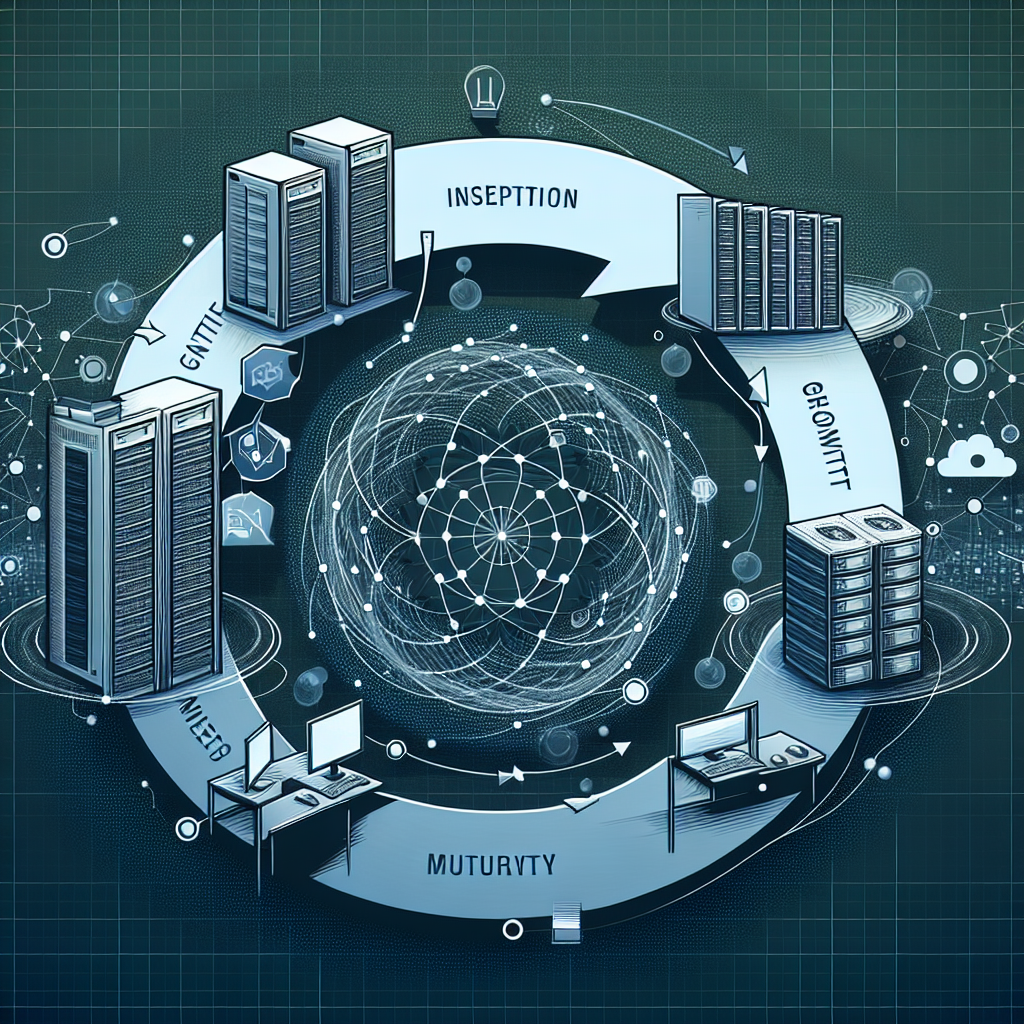In today’s digital age, data centers play a crucial role in supporting the infrastructure of modern IT systems. These facilities are responsible for storing, processing, and managing vast amounts of data that businesses rely on to operate effectively. As such, data center lifecycle management has become essential in ensuring the efficiency and reliability of these facilities.
Data center lifecycle management refers to the process of planning, designing, implementing, and maintaining data center infrastructure throughout its lifecycle. This involves various tasks, such as hardware procurement, software upgrades, capacity planning, and disaster recovery planning. By effectively managing the lifecycle of a data center, organizations can optimize their IT infrastructure, reduce costs, and improve overall performance.
One of the key aspects of data center lifecycle management is capacity planning. This involves forecasting future data storage and processing needs to ensure that the data center can accommodate the organization’s growing requirements. By analyzing current usage patterns and projecting future growth, IT teams can make informed decisions about when to upgrade hardware or expand the data center’s capacity.
Another critical aspect of data center lifecycle management is disaster recovery planning. In today’s digital landscape, data breaches and system failures are all too common. By implementing robust disaster recovery plans, organizations can minimize downtime and data loss in the event of a disaster. This involves regularly backing up data, testing recovery procedures, and implementing failover systems to ensure business continuity.
Furthermore, data center lifecycle management also involves regularly updating and upgrading hardware and software to keep pace with technological advancements. This includes replacing outdated equipment, installing security patches, and implementing new technologies to improve efficiency and performance. By staying current with the latest trends in IT infrastructure, organizations can ensure that their data centers remain secure and reliable.
Overall, data center lifecycle management is essential for ensuring the efficiency and reliability of modern IT infrastructure. By effectively managing the lifecycle of data center facilities, organizations can optimize performance, reduce costs, and improve overall operational efficiency. As technology continues to evolve, data center lifecycle management will remain a critical component of IT infrastructure management.










